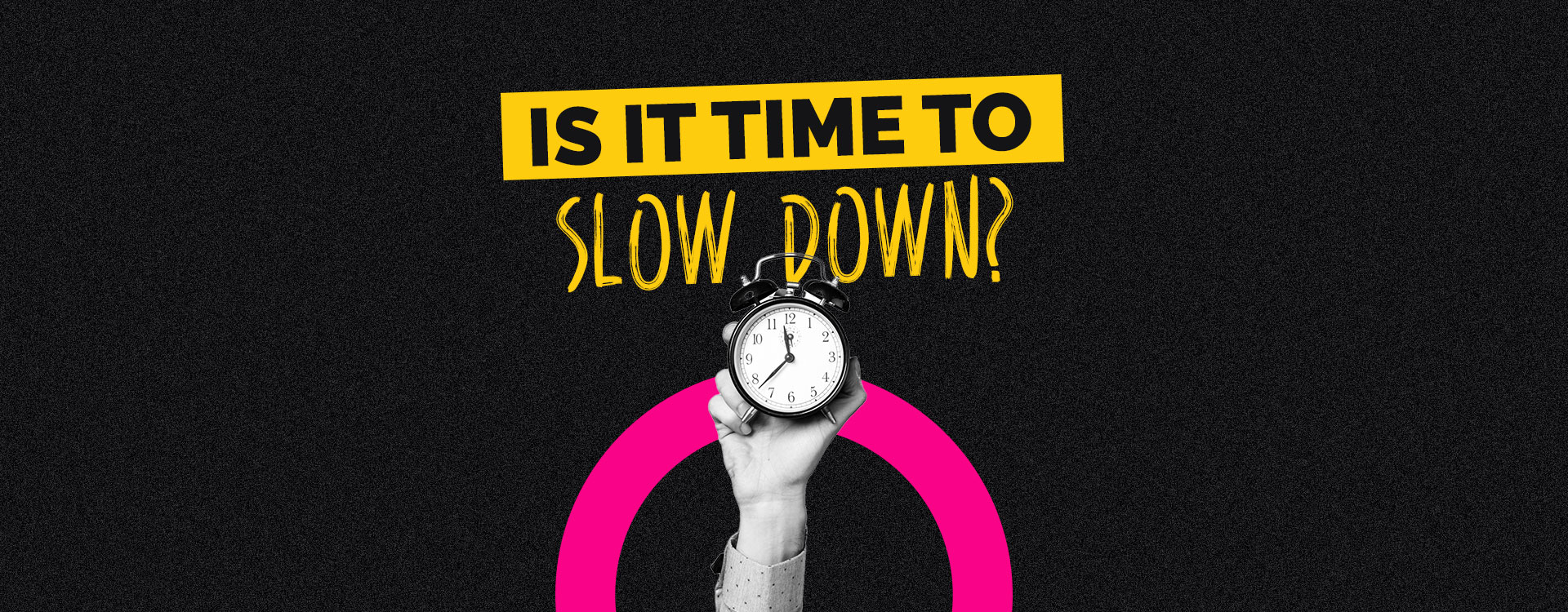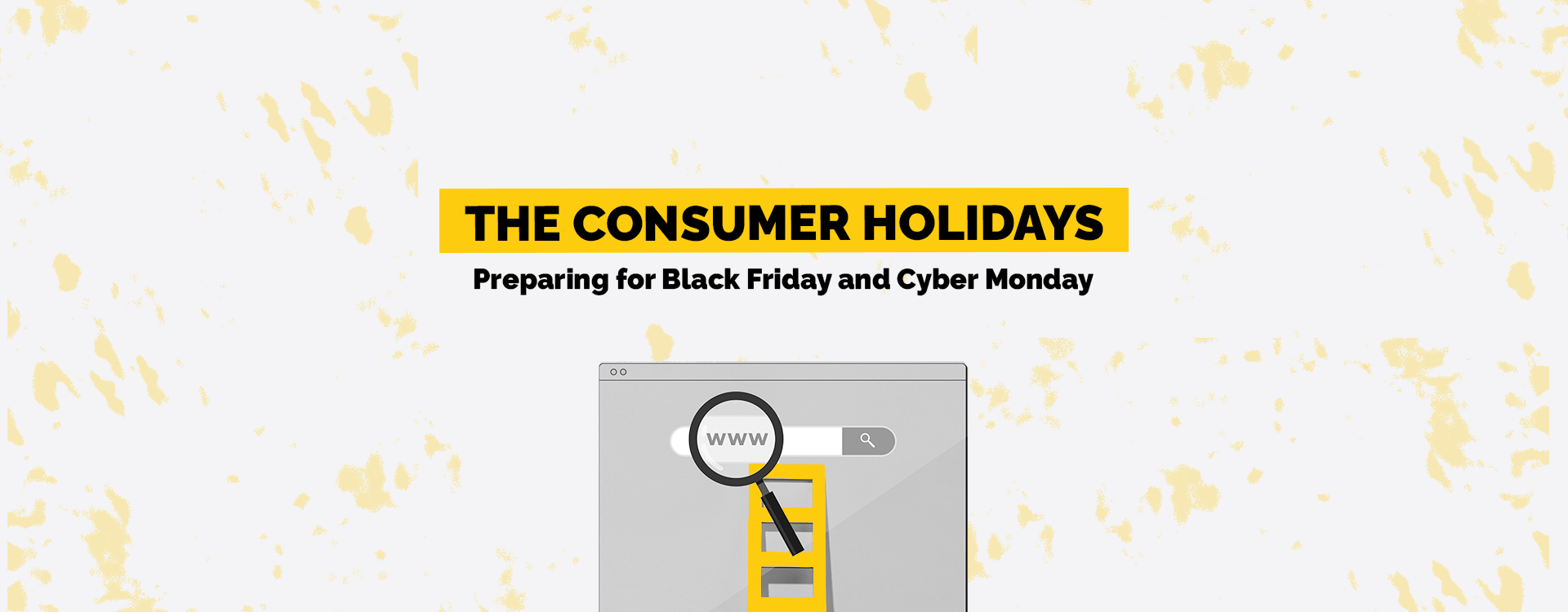The rise of each new generation brings new challenges and opportunities in graphic design and branding.
Visual styles that appealed to people in years past may not resonate with the up-and-comers. Trends come and go, evolve and fall out of fashion. It’s a trip.
And it’s important for your design firm to keep ahead of the curve at every turn. Stay on the cutting edge by exploring the latest trends in graphic design software and tools that resonate with the preferences and workflow of Gen Z. Because, while you might think that there’s no reason to change what works for you, a new generation of website traffic might be disinterested by your product. If you’re actively trying to cater to design trends that appeal to a younger generation, then you’ve gotta put yourself in their shoes.
But what the hell is Gen Z actually into?
- Mobile Optimization
People live on their phones, especially those who’ve always had them. A generation of people who came of age in a time of instant gratification will expect nothing less from your load times and ease of use on mobile devices. Yes, the ideal way to view a great site is on a desktop, but that’s not where most people will see it, especially casual visitors. If you want conversions, make sure your website is easy to navigate on the smallest of screens.
- Authenticity
Owing to the fact that they were born and raised online, Gen Z can see right through your bullshit. They crave truth in advertising and genuine narratives that evoke real emotional responses. They are a socially conscious generation that demand design that reflects their principles. Because of this, your honesty and desire to present an idealistic vision of your brand and industry will be well received.
- Visually Big
We all crave eye-catching visual designs, they get us hooked and hungry for more, and younger people will always be the more visually stimulated among us. Keeping it bold and captivating provides the assist you’ll need to attract Gen Z traffic. Seemingly spontaneous photography, of-the-moment typography and a colorful visual style will all serve to keep your desired, youthful audience engaged.
- Modern Nostalgia
The 90s are back in a big way, and taking a trip down memory lane, while also infusing your branding with a modern twist, will go a long way for your promotional material. The fun, busy sites of yesteryear are making a comeback, but your modern twist can and should be interactivity. Animations and interactive polls, when paired with visual throwbacks to an idealized past, attract younger users.
- And, yes, memes
Tread carefully. Gen Z don’t just enjoy memes, they create them. Their moment is viral marketing, while their online interaction is droll and downplayed, to say the least. When relaying information via text or online, Gen Z eschew capitalization and punctuation, even going so far as to take offense when confronted with such antiquated variations in typography. Their memes are specific, and their perception of emojis is different from what it was even 5 years ago. If you choose to wade into meme waters, do your research first or you’ll risk appearing out of step and desperate for attention.
When catering to the younger generation, pay close attention to their refreshing inclusivity. While they’re not as easily offended as older generations would have you believe, they expect more tolerance and acceptance than their forebears.
Be careful not to lump all members of Gen Z together. Just like all previous generations, there is variety here, and it can be researched and mined accordingly.
Above all else, don’t underestimate Gen Z’s tech prowess.
From embracing authenticity to mastering the language of memes, your designs can be the visual anthem that resonates with this vibrant and dynamic audience. Gen Z is your future, whether you like it or not.



